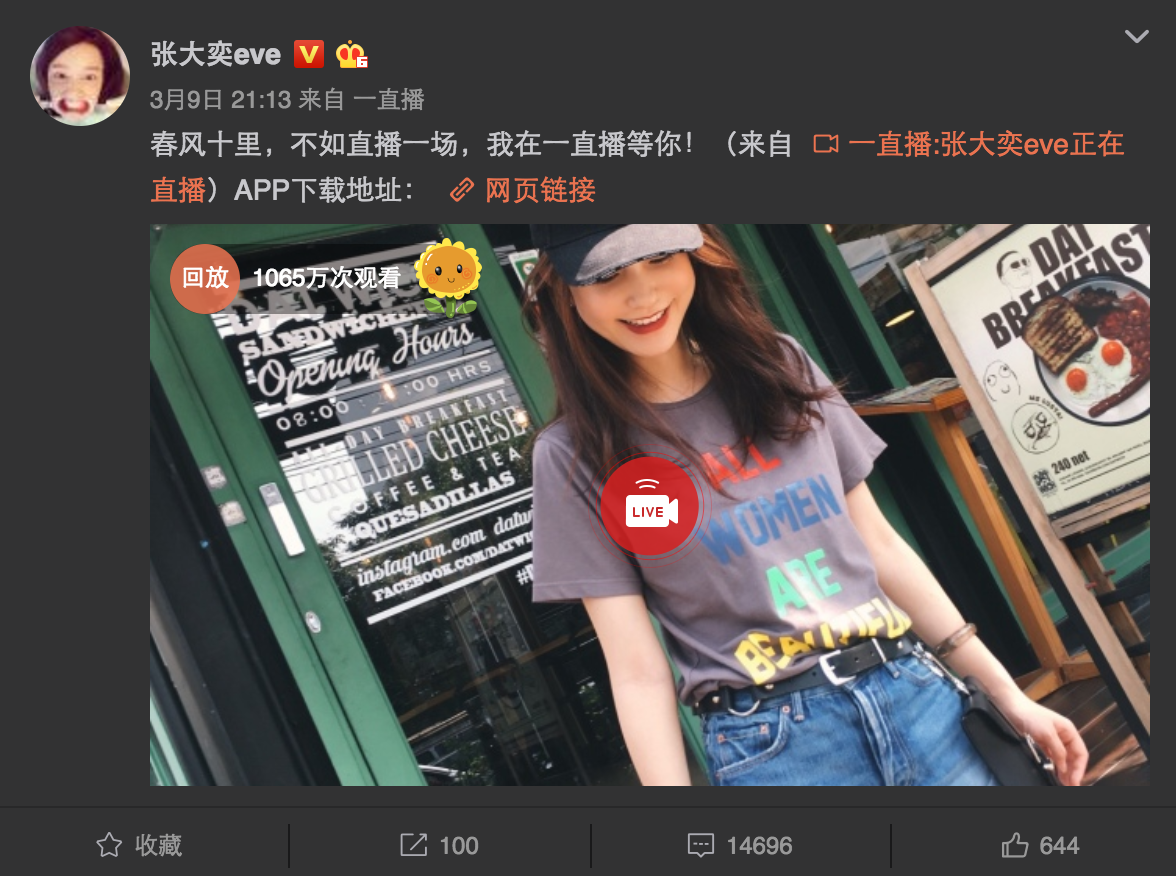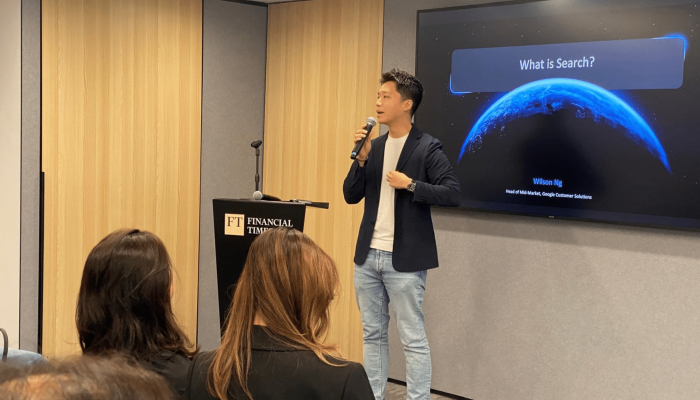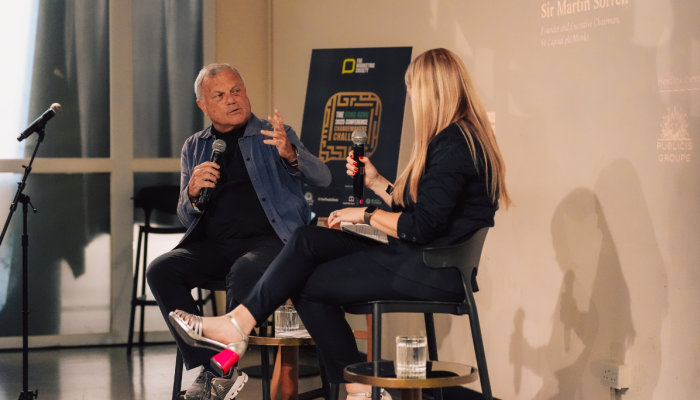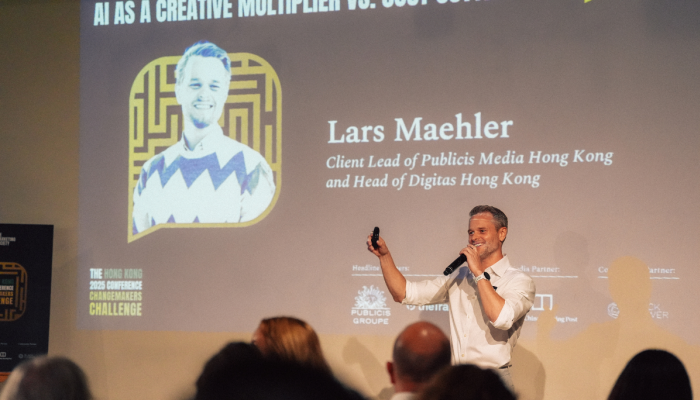In 1998, the idea of one single person being the subject of an entire TV channel was a fantasy that could only be imagined in Hollywood.
Millions of viewers tuning in to watch a live broadcast of one individual going about their daily life was so fantastical that, in order to pull it off, you required thousands if not millions of cameras, hundreds of actors, a star who had been duped from birth and a slightly sinister team of production staff living in the sky; all housed within a studio that could be visible from space!
Fast forward 20 years and the familiar premise of the Truman Show is not so ludicrous.
Now all it takes to create a live broadcast about one
individual’s life is a smartphone, a social media profile and a heightened sense of vanity.
It is the livestreaming revolution in the mobile-first age.
However, whilst Hollywood still has the celebrity draw, this livestreaming revolution has really taken off in a place where thousands of young enterprising individuals are making money by filming themselves for hours a day: China.
China’s livestreaming influencers are attracting huge audiences.

One of the most followed influencers is Papi Jiang, a 30 year old living in Beijing who generally shoots short videos about dieting, her parents and the joys of living in a small Beijing apartment.
However, her first live stream, which was a handheld 90-minute production, was watched 74 million times on the day of broadcast.
I’m going to pull that figure out again just to re-iterate – 74 MILLION VIEWS – in one day.
And she’s not alone. Chinese actresses attract similar numbers: Yao Chen’s focus on helping refugees has attracted a following of 80 million, stylish Yang Mi has 72 million follower, 12 million of whom commented or liked on her sharing videos of her birthday party in New York. Not just watched – actually engaged. And below them, there are a whole host of influencers who have followers in the millions, all tuning in to watch their favourite make-up artist, teenage poet, mall expert or even binge-eater.
Large figures in China for any industry or demographic measure are so regular and so massive in scale they can lose their meaning but these viewing figures are still jaw-dropping. Promise these numbers to any TV studio executive in any country worldwide for a single broadcast and they’d bite your arm off. To put it into context, Sunday Night Football in the US, one of the most watched shows every week, usually gets around ONLY 20 million viewers.
And it’s not just famous, high-quality influencers that are at it. Short video platform Kwai is an app that allows for livestreaming and video uploads by its users. The majority of Kwai’s user base actually lives in smaller cities and the countryside –well away from the Beijing/Shanghai affluent heartland - and the content they create has been labelled unrefined at best and vulgar at worst. Despite that, the platform has over 400 million users. That’s 70 million more than Twitter has worldwide!
Not surprisingly, several brands have started leveraging these influencers and their huge audiences. Jaeger-LeCoultre partnered with Papi Jiang earlier this year and saw their brand awareness in China double as a result of the campaign. For Ms Jiang, the 30 second video reportedly made her over $700,000 US dollars such is the scale and desirability of her audience. Not quite Superbowl prices but not far off! The entire livestreaming industry in China is said to be worth over $3 billion dollars.
So what should brands consider before parting with millions of Yuan to have their product featured in the next hot-shot Chinese influencers video?

Most influencers and agencies focus on 3 key areas:
Keep the authenticity
The major draw for many viewers of these influencers is that they have a down-to-earth, girl/boy-next-door quality that the younger Chinese generation especially can relate to. Therefore many advertisers may have to relax any stringent brand guidelines and be prepared for influencers to go off-script in order to ensure that the endorsement doesn’t look too forced or awkward. Also, selecting an influencer that actually could be a potential customer of your brand – not just one with the most followers – is something that seems like common sense but is often over-looked.
Be wary of the content police
Brand safety and appropriate content are obviously hot topics in the advertising world at the moment and China is no exception. The government has rolled out a major crackdown on what it considers offensive live-streaming content and even superstar Papi Jiang has not avoided reprimand as censors instructed her to stop swearing in her videos. Even in this “informal” channel, advertising standards apply.
Leverage the e-commerce platforms
It wouldn’t be an article about China without the obligatory mention of Ali-Baba. The e-commerce giant and its rival JD.com have both launched live-streaming platforms that allow shop owners and brands to hire live-streamers with sizeable fan bases to promote their products.
Alibaba’s live-streaming site -Taobao Live- claims that the conversion rate of content is 32%, meaning 320,000 items will be added to shopping carts per one million views!
A huge number to be taken with a pinch of salt, but still an astounding claim that brands using the Taobao marketplace will be keen to try and replicate. This allows for proper call-to-action style, direct response advertising via livestreaming above and beyond simple product endorsement or awareness driven branding.

Whilst this is China-specific, these considerations should apply to influencer promotion in any market as the livestreaming revolution takes hold across the globe. For a marketeer, stumping up almost $1 million of their marketing budget and giving it to one individual is still a very bold move. I imagine many marketing directors would have to phone a friend before choosing their final answer on that decision.
For the modern day Truman-show stars themselves though it’s much easier to decide on which brands they should work with. They can just ask their audience.
By Duncan Bell, senior strategist, Havas Media, Hong Kong. Follow him @Dunkb12



